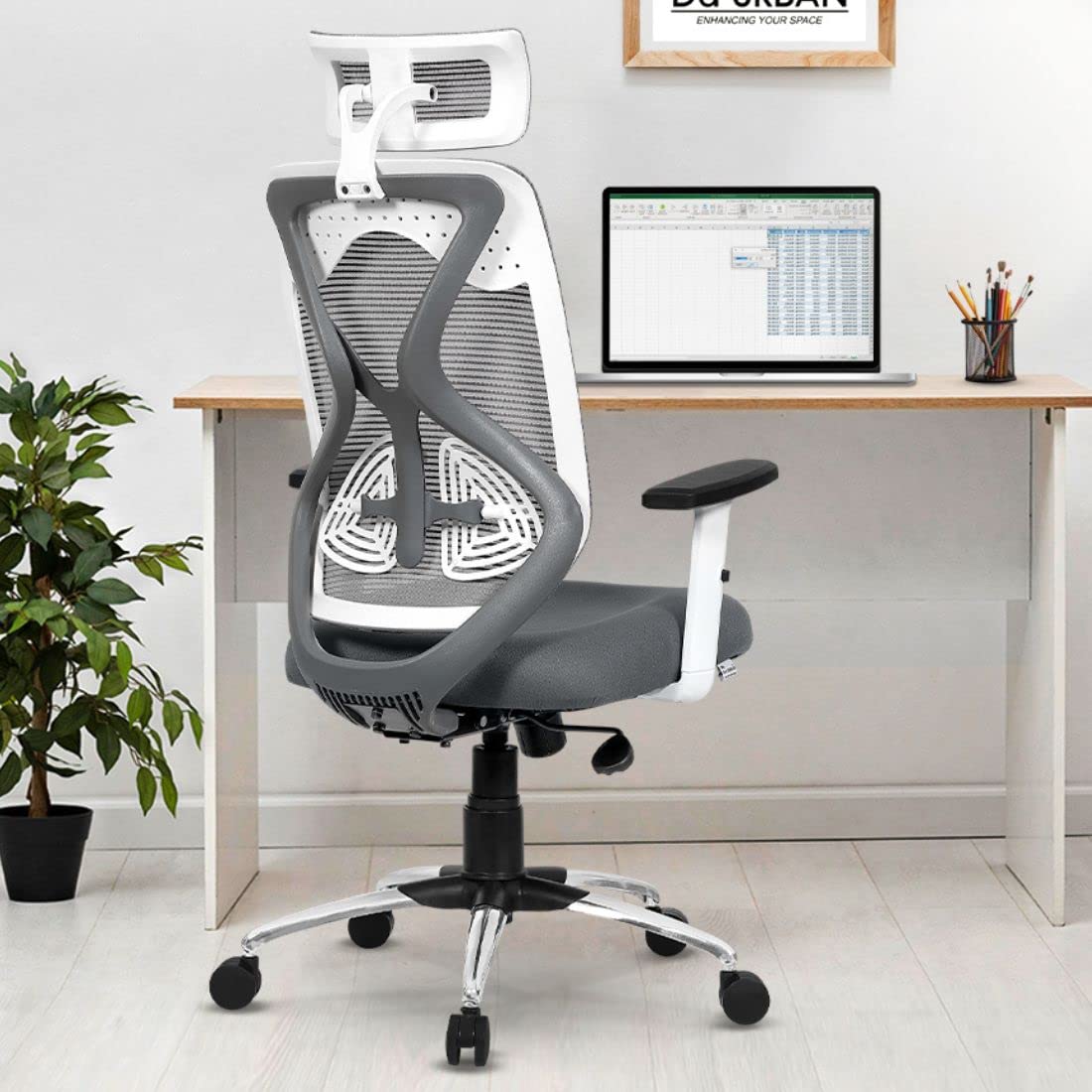Blogging is a fulfilling creative outlet, a platform to share your expertise, and for many, a potential source of income. However, when you’re juggling a full-time job alongside your blogging ambitions, finding the right balance can feel like a daunting task. Between work deadlines, personal commitments, and the demands of maintaining a blog, it’s easy to feel overwhelmed. But with the right strategies, you can successfully balance your career and your passion for blogging without burning out. Balancing Blogging with a Full-Time Job” requires meticulous time management and a strong passion for content creation

In this blog, we’ll explore practical tips, time-management techniques, and mindset shifts to help you thrive as a blogger while excelling in your full-time job.
The Challenges of Balancing Blogging with a Full-Time Job
Before diving into solutions, let’s acknowledge the common challenges bloggers face when managing a full-time job:
- Time Constraints: A 9-to-5 job leaves limited hours for blogging, especially when you factor in commuting, family time, and self-care.
- Energy Drain: After a long day at work, finding the motivation to write or create content can be tough.
- Consistency Struggles: Blogging requires regular updates, but a busy schedule can make it hard to stick to a posting schedule.
- Guilt and Overwhelm: Balancing multiple responsibilities can lead to feelings of guilt or stress, especially when one area feels neglected.
- Burnout Risk: Trying to do it all can lead to exhaustion, impacting both your job performance and your blogging quality.
Understanding these challenges is the first step toward finding solutions that work for you.
Practical Tips for Balancing Blogging and a Full-Time Job
Here are actionable strategies to help you manage your time, energy, and priorities effectively:
1. Set Realistic Goals
- Be honest about how much time and energy you can dedicate to blogging. Start small—perhaps one blog post per week—and gradually increase your output as you find your rhythm.
- Use the SMART framework (Specific, Measurable, Achievable, Relevant, Time-bound) to set clear, realistic goals.
2. Create a Content Calendar
- Plan your blog posts in advance using a content calendar. This helps you stay organized and ensures you’re consistently publishing content.
- Batch-create content during weekends or free days to reduce the pressure during busy workweeks.
3. Leverage Your Mornings or Evenings
- Identify your most productive times of the day. If you’re a morning person, wake up an hour earlier to write. If you’re a night owl, dedicate time after work to blogging.
- Even 30 minutes a day can add up over time.
4. Use Your Commute Wisely
- If you commute by public transport, use that time to brainstorm ideas, outline posts, or engage with your audience on social media.
- If you drive, consider dictating ideas into a voice recorder or listening to podcasts related to your niche for inspiration.
5. Automate and Delegate
- Use tools like Buffer or Hootsuite to schedule social media posts in advance.
- If possible, outsource tasks like graphic design, editing, or SEO optimization to freelancers or virtual assistants.
6. Maximize Weekends
- Dedicate a few hours on weekends to writing, editing, or planning content. This can help you stay ahead during the workweek.
- Use Sundays to prepare for the week ahead—update your content calendar, draft posts, or take photos.
7. Combine Blogging with Relaxation
- Turn blogging into a relaxing activity rather than a chore. For example, write in a cozy café, listen to calming music, or light a candle while you work.
- This mindset shift can make blogging feel like a hobby rather than an obligation.
8. Learn to Say No
- Protect your time by saying no to activities or commitments that don’t align with your priorities. This includes unnecessary social events or excessive overtime at work.
- Focus on what truly matters to you.
9. Integrate Blogging into Your Routine
- Find ways to blend blogging with your daily life. For example, if you’re a food blogger, document your cooking experiments. If you’re a travel blogger, write about your weekend getaways.
- This approach makes blogging feel like a natural extension of your life rather than an added burden.
10. Track Your Progress
- Keep a journal or use a productivity app to track your blogging milestones. Celebrate small wins, like completing a post or gaining new followers.
- Reflecting on your progress can boost motivation and keep you focused.
Mindset Shifts for Long-Term Success
Balancing blogging with a full-time job isn’t just about time management—it’s also about cultivating the right mindset. Here are some mental strategies to help you stay motivated and resilient:
1. Embrace Imperfection
- Your blog doesn’t have to be perfect. Focus on progress, not perfection. Even if you can only post once a month, consistency over time will yield results.
2. View Blogging as a Marathon, Not a Sprint
- Building a successful blog takes time. Don’t compare yourself to full-time bloggers or influencers. Remember, you’re juggling multiple responsibilities, and that’s something to be proud of.
3. Prioritize Self-Care
- Avoid burnout by prioritizing your physical and mental health. Get enough sleep, eat well, exercise, and take breaks when needed.
- A healthy, rested mind is more creative and productive.
4. Stay Passionate
- Remind yourself why you started blogging. Whether it’s to share your knowledge, connect with others, or pursue a creative outlet, reconnecting with your “why” can reignite your motivation.
5. Celebrate Small Wins
- Acknowledge and celebrate your achievements, no matter how small. Every blog post, every new follower, and every positive comment is a step forward.
6. Monetizing Your Blog for Additional Income
- Affiliate Marketing: Promote products and earn commissions.
- Display Ads: Use Google AdSense or Mediavine for ad revenue.
- Digital Products: Sell ebooks, templates, or online courses.
- Sponsored Content: Collaborate with brands for paid partnerships.
Tools to Streamline Your Blogging Process
Using the right tools can save you time and make blogging more manageable. Here are some recommendations:
- Content Planning: Trello, Asana, or Notion for organizing ideas and creating content calendars.
- Writing: Grammarly for editing and Hemingway Editor for improving readability.
- Scheduling: Buffer or Hootsuite for social media scheduling.
- Graphics: Canva for creating visuals quickly.
- SEO: Yoast SEO or SEMrush for optimizing your posts.
- Time Management: Use Toggl or RescueTime to track how you spend your time.
Final Thoughts: You Can Do It!
Balancing blogging with a full-time job is undoubtedly challenging, but it’s also incredibly rewarding. By setting realistic goals, managing your time effectively, and maintaining a positive mindset, you can pursue your passion for blogging without sacrificing your career or well-being.
Remember, you don’t have to do it all at once. Take it one step at a time, and don’t be afraid to adjust your approach as needed. With persistence and dedication, you can create a blog you’re proud of while excelling in your full-time job.
What strategies have helped you balance blogging with a full-time job? Share your tips and experiences in the comments below—we’d love to hear from you!
Read Also
- Developing a Content Strategy for Blogs
- How to Use Analytics to Grow Your Blog
- Dealing with Writer’s Block as a Blogger
- Affiliate Marketing Strategies for Bloggers
- 10 Best Keyword Research Tools
- Best AI SEO Tools in 2024
- Best Blogging Software and Tools in 2025
- Choosing the Right Niche for Long-Term Blogging Success
- Best Social Media Platforms
- Facebook Groups for Blog Promotion
- 10 Best Corporate Blogging Strategies
- Pinterest Marketing Strategies for Bloggers
- Creating an Effective Content Calendar
- B2B Blogging: A Powerful Tool for Business Growth
- Comparison of Popular Content Management Systems (CMS)
- 8 best Tools for Checking the Readability of Your Blog Post
- Choosing the Right Niche for Long-Term Blogging Success

Merlion Office Chair,High Back Mesh Ergonomic Home Office Desk Chair
The backrest of this desk chair fit the natural curve of the human body, So that you can maintain a healthy and comfortable sitting posture. Thickened cushions provide better sitting experience with high density breathable mesh.
Frequently Asked Questions (FAQs)
A. Time management is key. Schedule dedicated blogging hours, use productivity techniques like batching content creation, and automate tasks like social media posting. Even 30–60 minutes a day can make a big difference.
A. Focus on high-impact activities like creating quality content, optimizing for SEO, engaging with your audience, and leveraging automation. Avoid spending too much time on non-essential tasks like excessive design tweaks.
A. Set realistic goals, maintain a consistent but flexible schedule, take breaks, and avoid overcommitting. Self-care, proper rest, and occasional digital detoxes can help maintain energy and creativity.
A. Yes! Consistency is more important than frequency. Even if you post once a week, make sure your content is high-quality, well-researched, and optimized for SEO. Engage with your audience and promote your posts effectively.
A. Consider switching when your blog generates a stable income, matches or exceeds your job salary, and you feel confident in scaling your blogging business. Financial stability and a well-structured monetization strategy are crucial before making the leap.





